The views expressed in our content reflect individual perspectives and do not represent the authoritative views of the Baha'i Faith.
If, as Baha’is believe, Baha’u’llah represents the return of Krishna, then which one? This question may seem odd at first, but it will make more sense as you read on.
After presenting four important Hindu perspectives on Krishna, based on classical texts, this article will conclude with a brief Baha’i perspective on Krishna, and how this relates to Baha’u’llah as the return of Krishna.
Descriptions of Krishna differ according to the various sources, thus making it hard to determine who Krishna really was, and what his future “return” is supposed to be. For instance, did you know that, according to the Vishnu Purāṇa (5.32), Krishna had 16,108 wives and 180,000 sons? In many of these ancient stories, the exploits and powers of Krishna seem to far surpass those of Superman and most other superheroes! So let’s look at the most important of the classical Hindu sources on the life and teachings of Krishna, and see if we can figure this out together.
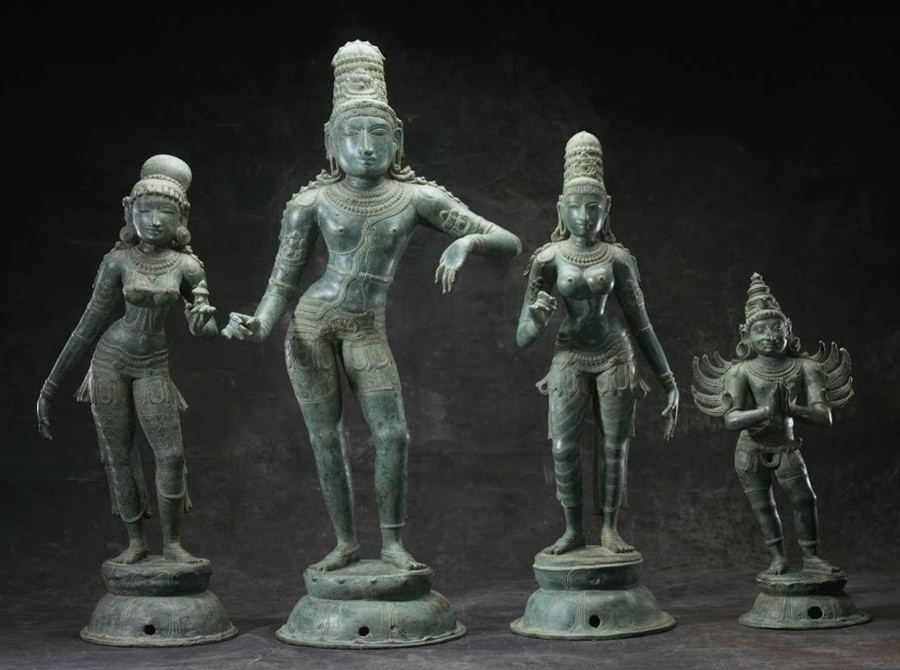
late 12th-13th century.
While the most popular account of the Krishna legend in India is the Tenth Canto (or “Book Ten”) of the Bhāgavata Purāṇa, the most popular of all Hindu texts, worldwide, is the Bhagavad Gītā, the “Song of the Beloved One,” a 700-verse poem that was inserted into the Indian national epic poem known as the Mahabharata (which means the “Great Bharata” war), to which an appendix was added, known as the Harivaṃśa. These four sources – (1) the Mahābhārata; (2) the Bhagavad Gītā (around 200 BCE in its final form); (3) the Harivaṃśa; and (4) the Bhāgavata Purāṇa (335 chapters, approximately 14,100 to 14,400 verses long, dated around the ninth century CE in its final form) – constitute our primary classical Hindu texts for information on Krishna.
The classical Hindu texts on Krishna, as mentioned above, vary greatly in their accounts, and in their respective views of Krishna as well. So let’s take a brief look at the comments of noted scholars on the way that each of these four Hindu texts portrays Krishna:
1. The Statesman, Who Breaks Dharma: Krishna in the Mahabharata.
The Mahabharata is one of the two great epics of India, the other one being the Ramayana. The Mahabharata is the longest poem in the world, and a venerable classic of world literature. It describes an epic battle, but features many interesting – and amazing – stories as well. The adventures and exploits of the main characters are legendary, extraordinary, and, incredible — in the sense of being scarcely believable – and yet the stories are loved and revered, and are retold and reenacted across India to the present day. Krishna, however, does not play a major role in the Mahabharata, except as a teacher (that is, as an Avatar, or Incarnation of God) sent by God (Vishnu) in one small part of the Mahabharata, known as the Bhagavad-Gita, about which more will be said further on in this article. A noted American Indologist, Edwin F. Bryant, has this to say about the Mahabharata in relation to Krishna:
“… the Mahabharata … is generally accepted as the oldest text that features Krishna on any scale. In the Mahabharata we find Krishna machinating to bring about the destruction of the hosts of armies that were wreaking havoc on the earth—God with a mission. We also find a controversial Krishna, prepared to break the codes of dharma, righteous conduct, in order to protect his bhakta (devotee), Arjuna. Although Krishna’s role in the epic as statesman and friend of the five Pandavas is pivotal to the development of the narrative, he is not the protagonist of the story; but he appears at essential nodes, goading the chain of events to their inexorable conclusion.” – Edwin F. Bryant, “Introduction,” Krishna: A Sourcebook, edited by Edwin F. Bryant, p. 8 (emphasis added).
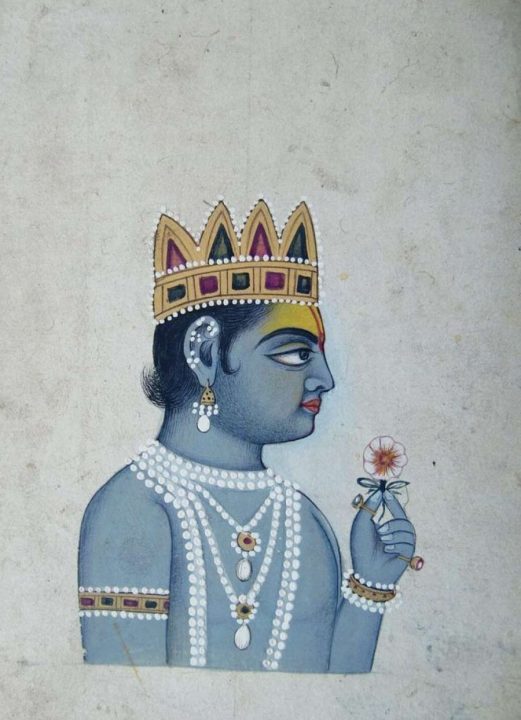
2. The Spiritual Master, Who Teaches Dharma—Krishna in the Bhagavad Gita
In the opening scenes of the Bhagavad Gita, Krishna appears as a charioteer. The archer in that chariot is Arjuna, who is reluctant to enter into battle when he sees that, on the other side, are his relatives and former friends. He questions Krishna about whether it is right to go forward and fight, bringing about such death and destruction. Krishna tells Arjuna that he must be true to his duty as a warrior and fulfill his obligation and to fight to the best of his ability, irrespective of the consequences. Fulfilling one’s duty is what is important, and the best way to do so is by acting with disinterested intent, detached from all that Arjuna himself had misgivings about. As to Krishna in the Bhagavad Gita, another Indologist, Robert N. Minor, explained:
“The author of the Gita took the approach of progressively adding devotion to the text, beginning with the more immediate issues of the battlefield and appropriate action and slowly adding teachings of Krishna’s place beyond and over the universe and his relationship to the individual. The fact that Krishna is no mere human charioteer and companion is progressively revealed in the text beginning in chapter 4, both in word and in the frightening vision in chapter 11. Arjuna learns that Krishna descends into the world to adjust its karma and restore the dharma when evil (a-dharma) has become dominant. In the Gita, we may have the earliest reference to a god descending as an avatara to protect the dharma when things seem to have gotten out of hand.” – “Krishna in the Bhagavad Gita,” Krishna: A Sourcebook, p. 79.
Comparing and contrasting how Krishna is presented in the Bhagavad-Gita and in the rest of the Mahabharata, Professor Bryant notes the following:
“The Gita presents us with Krishna as God in the mood of teacher imparting spiritual knowledge, and the Mahabharata presents us with Krishna as God in the mood of diplomat machinating to bring about the destruction of the hosts of armies so as to remove the burden of the earth; both depict God with a mission.” – Edwin F. Bryant, “Krishna in the Tenth Book of the Bhagavata Purana,” Ibid., p. 115.
3. Incarnation of Vishnu (Viṣṇu)—Krishna in the Harivamsa
In the Harivamsa, which is an appendix to the Mahabharata, the focus shifts from what Krishna teaches to who he really is:
“The adventures of Krishna and Sankarshana are narrated in the Vishnuparvan [a section of the Harivamsa]. The two brothers are described as incarnations of Vishnu. They are said to be one entity with one mind and one single purpose, but two bodies. The Vishnuparvan begins by narrating the events leading up to the birth of Krishna, and ends with Krishna’s return to Dvaraka, after his fights with Bana and Varuna. The text remains silent about Krishna’s demise.” – Ekkehard Lorenz, “The Harivamsa: The Dynasty of Krishna,” Ibid., p. 95 (emphasis added).
4. The Supreme Deity, who Incarnates Vishnu—Krishna in the Bhagavata Purana
The development of Krishna as a divine personage reaches its fullest development in the Bhagavata Purana:
“The Bhagavata is unambiguously a Vaishnavite text (that is to say, it views Vishnu as the supreme deity), and its first nine books discuss in greater or lesser detail all the major incarnations prior to Krishna. The entire tenth book (which takes up about four thousand out of a total of a claimed eighteen thousand verses) is dedicated to Krishna, and, indeed, as in the Bhagavad Gita, it is Krishna under his title of Bhagavan who gives his name to the entire Purana. While the Bhagavata Purana, then, is a Vaishnavite text in general, it is a Krishna-centered text in specific. Indeed, the Krishnaite theologies that emerged in the sixteenth century, initiated by influential teachers such as Vallabha and Chaitanya, find grounds to hold that it is not Krishna who is an incarnation of Vishnu but Vishnu who is a partial manifestation of Krishna. These sects extol Krishna as the supreme Absolute Truth from whom all other deities, including Vishnu, evolve, and the Bhagavata Purana is presented as the epistemological authority in this regard.” – Edwin F. Bryant, “Krishna in the Tenth Book of the Bhagavata Purana,” Ibid., p. 112 (emphasis added).
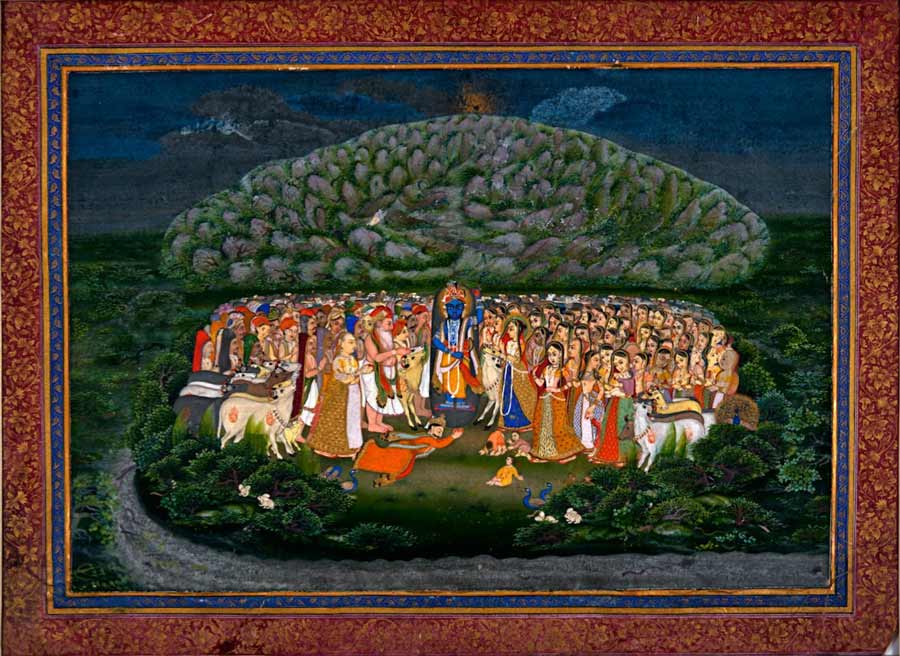
Now – what is the Baha’i perspective on Krishna? A documented historical encounter – which took place on October 24, 1911 in Paris – provides an answer to this question:
An Indian said to Abdu’l-Baha:
’My aim in life is to transmit as far as in me lies the message of Krishna to the world.’
Abdu’l-Baha said: ’The Message of Krishna is the message of love. All God’s prophets have brought the message of love. None has ever thought that war and hate are good. Every one agrees in saying that love and kindness are best.’
This beautifully describes the Krishna that Baha’u’llah is the return of, pure and simple.


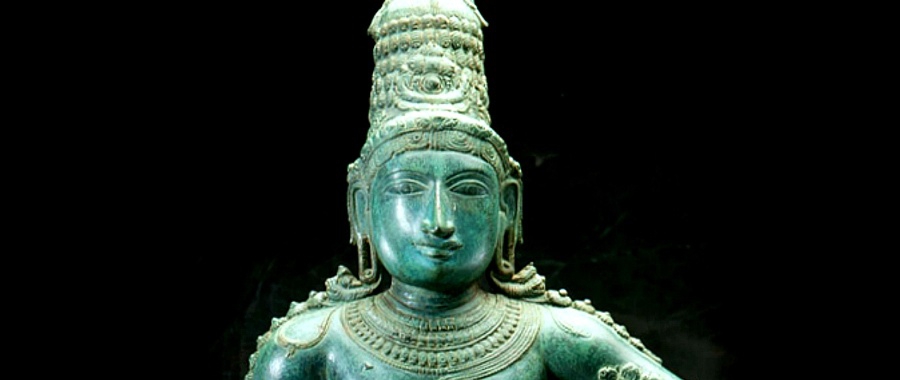

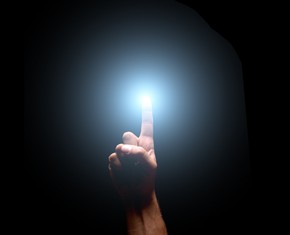
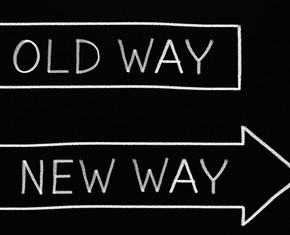
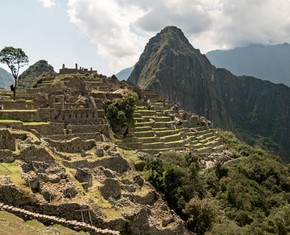









Comments
Sign in or create an account
Continue with Googleor